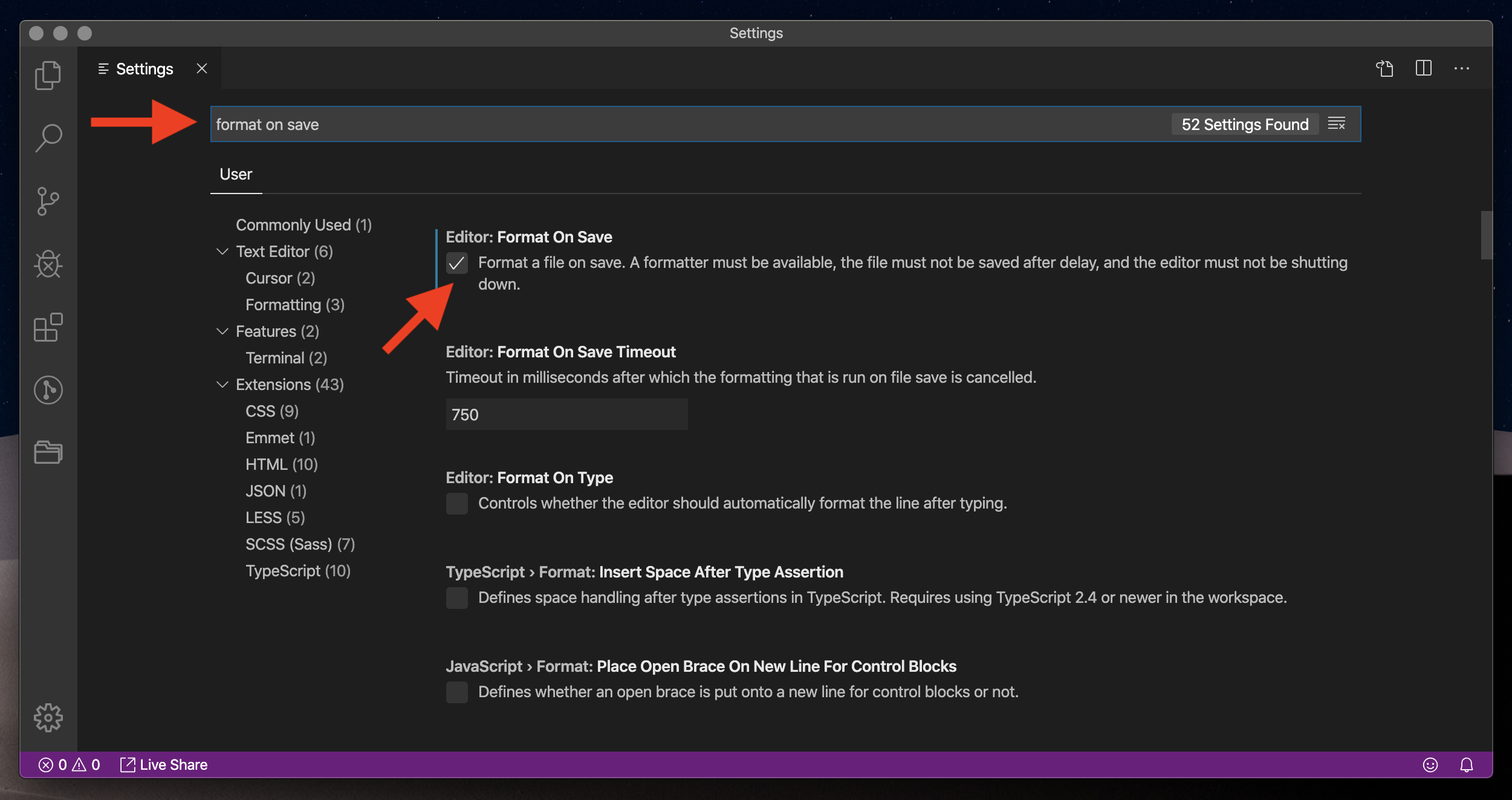

It merely defines a standard code formatting style guide among all the IDEs and editors used within a team of developers. It does this job pretty well though by natively supporting JavaScript but also JSX, Flow, TypeScript, HTML, JSON, CSS and many more languages.ĮditorConfig, on the other hand, does not lint or format your code. Prettier, while similar to ESLint by formatting your code, does not check your code quality. It statically analyzes your code to help you detect formatting issues and find code inconsistencies. detect problematic code patterns that could lead to potential bugsĮSLint is by far the most popular JavaScript linter.make code more consistent in itself and across team members.Our three tools all have similar objectives: ESLint, Prettier and EditorConfig What they do The simple reason is that while they all have a similar purpose, they each excel in their own field. Though solving the formatting issues took us some time, we did not abandon the idea of using ESLint, Prettier and EditorConfig together. On top of this, we even decided to add EditorConfig to the mix! I then wrote a few articles on the subject to share my findings. Our code looked like this:Īfter a lot of investigating, we managed to make ESLint and Prettier coexist and work together. We struggled for days on formatting conflicts between ESLint and Prettier formatting rules. On one of our TypeScript-React projects, we decided to use ESLint and Prettier to both lint and format our code. If you already know ESLint, Prettier, EditorConfig and how you can benefit from using them together, do not worry! You will know how to configure them to work together in the next article of this series on how to Set up ESlint, Prettier & EditorConfig without conflicts. This post is the first of a series of articles on how to empower your dev environment with ESLint, Prettier, and EditorConfig.


 0 kommentar(er)
0 kommentar(er)
